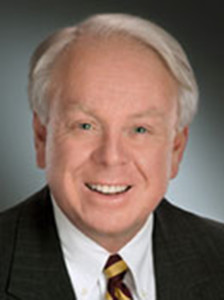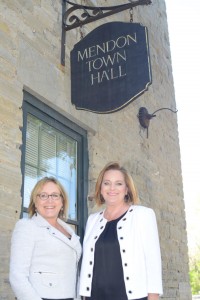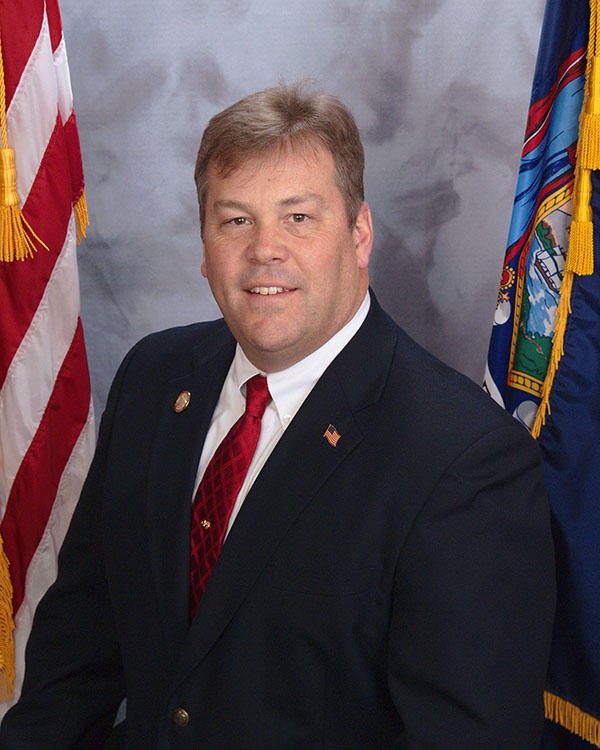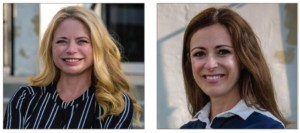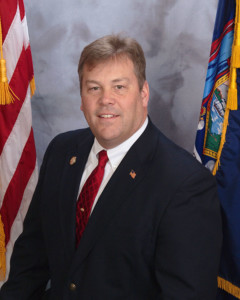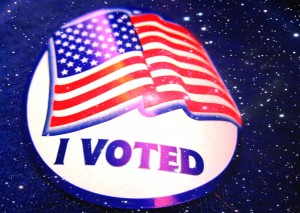5 Barriers Identified
Cattaraugus County: The Model For Moving Forward Towards Success
Unanimous Agreement To Vote “No” On All Ballot Propositions

Sentinel Publisher Christopher Carosa (upper left) moderates panel of New York State Assembly Members including (clockwise from upper right) Steve Hawley, Marjorie Byrnes, and David DiPietro. Image from live-stream event on October 20, 2021
“Why shouldn’t the Greater Western New York Region be independent?” That was the question posed at the Fall 2021 Greater Western New York (Virtual) Town Hall Meeting held the evening of Wednesday, October 20th. Chris Carosa, publisher of the Mendon-Honeoye Falls-Lima Sentinel, hosted the event that was co-sponsored by nearly a dozen newspapers in the Western New York District of the New York Press Association, including the Mendon-Honeoye Falls-Sentinel, the Akron Bugle, the Alfred Sun, The Batavian, Neighbor-to-Neighbor newspapers (including the Arcade Herald, the East Aurora Advertiser, the Springville Journal, Warsaw’s Country Courier, and the Franklinville Mercury-Gazette), and the Johnson Newspaper Corp’s western New York papers (The Daily News and the Livingston County News). The event was free and open to all residents of the Greater Western New York Region and almost two hundred people signed up in advance to attend the event.
The meeting started with three keynote speakers, all members of the New York State Assembly, each stating their personal experience when it comes to what they have heard as to why the Greater Western New York Region cannot be independent. They all agreed independence is a legitimate discussion and they all agreed the priorities of New York City and Albany politicians are not the same as the priorities of Western New Yorkers, especially those who reside in non-urban areas.
Assemblyman Stephen Hawley of the 139th District, who is sponsoring a bill which would give New York voters a chance to vote “yes” or “no” on a two-state model, led off. He said the first major obstacle to independence is the lack of open debate. This hinders an honest discussion on the various independence proposals.
“Even when proposals are rough around the edges, or otherwise imperfect, it’s the kind of conversations surrounding them that can truly form the basis of effective policy and turn good ideas into good laws,” says Hawley. “In our current political structure, ambitious concepts without major establishment backing don’t get the thoughtful consideration that could bring them to the place of feasibility. Instead, laws end up as being half-baked, catering to the whims of geographically clustered special interests rather than the needs of New Yorkers across the entire State – ‘Of the people, by the people, and for the people’ – By giving the masses of our State a means of bringing forth ideas from all corners to referendum, we will come closer to making our state government, one that follows this maxim. If we are to make greater Western New York a real state, we must find a way to have the idea discussed debated and considered in earnest. I believe that by putting the idea before the public to referendum would be the absolute most effective ways and means of achieving that.”
Representing the 147th Assembly District, David DiPietro added two more obstacles to the list. These are the ones most often mentioned: Greater Western New York doesn’t have the votes because the population power resides in New York City; and, Greater Western New York can’t raise the revenues necessary to fund itself without the money that comes from New York City (through Albany).
“Some of the things I’ve heard, the first thing they ask as well, is we would lose that downstate New York City tax revenue,” says DiPietro. “We would lose our pork, not as politicians, but in the different towns and municipalities. I say no okay first off, we won’t get into a big discussion, but that’s a total falsehood… Ask any school superintendent in our region or across the State, if they could get rid of the unfunded mandates from New York State, how much would that help just their school district? In my school district alone, we figure it’s about a million dollars or more.”
Marjorie Byrnes of 133rd Assembly District mentioned two more obstacles: There’s a desire for continued centralized control through Albany; and, New York City needs our energy resources.
“What I noticed since I’ve been in Albany,” she says, “even in just a short time of three years, is the dramatic increase of the lack of desire on the part of the majority to let us have what we traditionally know of as our constitutional rights, our traditional government and the fact that, in Albany, we’re controlled by New York City. Many of whom refer to themselves openly as democrat socialists. They want Albany, which in effect is New York City, to control everything. Even our wind farms, our solar farms, once they hit a certain threshold of size it’s Albany that will make the decisions. It doesn’t matter what’s right or wrong for our community, what the people within our community want or don’t want, what our zoning laws are or aren’t, because they can all be overruled without anybody even knowing our communities and the importance of maintaining them… basically the reason why we want to become autonomous or have two separate states, is because we need to make decisions that affect us, decisions that help us, because the decisions that are being made now don’t.”
After the individual presentations, the three convened a panel moderated by Chris Carosa. Members of the audience were able to ask questions through the moderator. Two important topics came up here. First, it seems the voters have greater control over the outcome of things in local matters rather than state-wide matters. Second, and related to the first, there was keen interest in promoting the concept of “Constitutional County” – which Cattaraugus County has led the way on – not only through other counties in the Greater Western New York Region, but through towns, villages, and other local municipal entities.
The final portion of the meeting saw all the attendees enter the discussion through an open forum. It was lively with some interesting points being brought up. For example, it was noted that only Republicans and Democrats are allowed to be poll workers on Election Day. There were also blunt comments on the State ballot propositions, with the overall feeling that it’s best to vote “no” because a “yes” would mean the voters are giving up their rights as voters.
The meeting proved quite successful with participants not wanting to wait until the next scheduled Greater Western New York Town Hall Meeting in January to meet again. Carosa promised the SENTINEL would look into hosting another session in the interim, although the Thanksgiving and Christmas holidays might present a challenge. Those interested can visit GreaterWesternNewYork.org to learn more.
For more information, visit the website GreaterWesternNewYork.org. The event replay can be viewed under the Event’s Tab at GreaterWesternNewYork.org.
# # #
The Greater Western New York Region comprises the 17 westernmost counties of New York State and was formally defined by the Treaty of Hartford on December 16, 1786 with the creation of Preemption Line. These counties include: Allegany, Cattaraugus, Chautauqua, Chemung, Erie, Genesee, Livingston, Monroe, Niagara, Ontario, Orleans, Schuyler, Seneca, Steuben, Wayne, Wyoming, and Yates.

